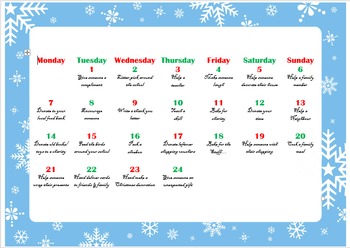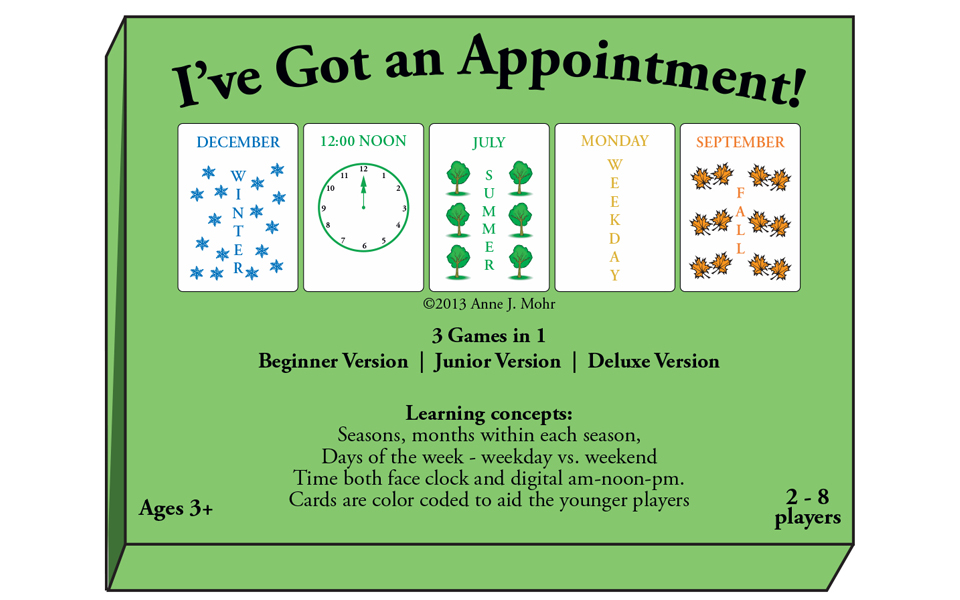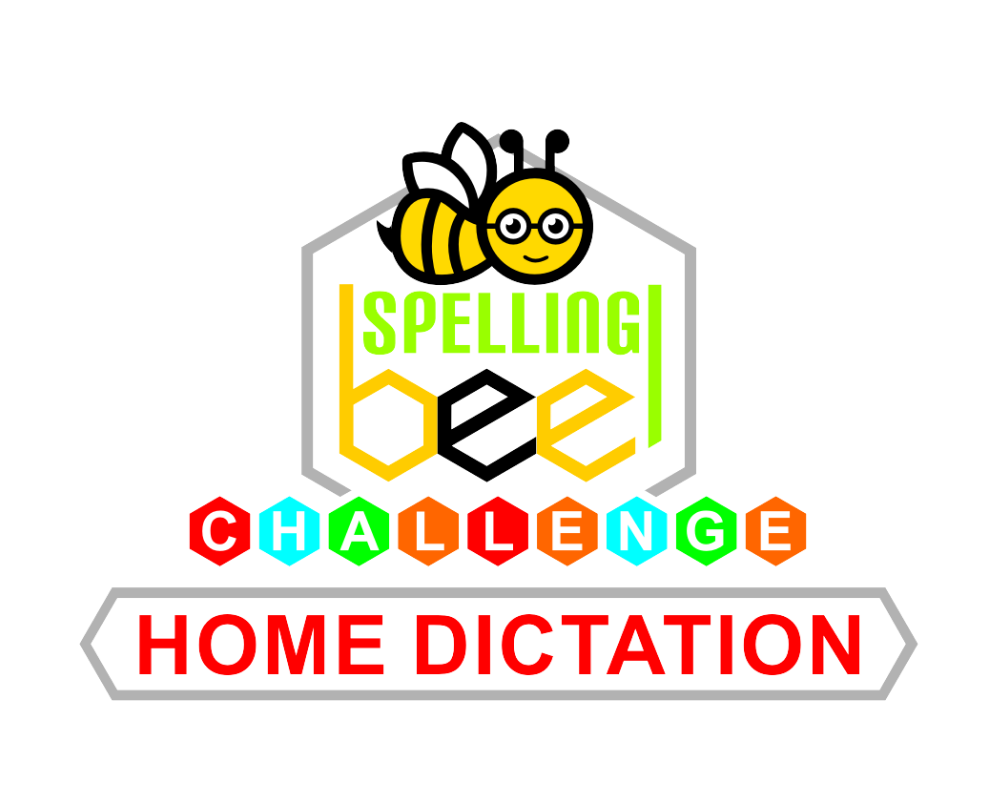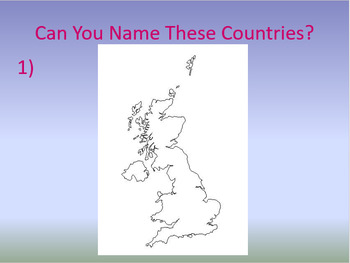Reading With Giggles & Games uses the shapes of the letter as cues to their sounds enabling children to remember the letter sounds after a single exposure. The songs, games, and silly review methods used are there to eliminate stress and produce laughter (the best medicine). RWGG creates a fun learning environment in which the child often laughs out loud. Laughter reduces levels of certain stress hormones. This process has the effect of making the brain very receptive to learning and retaining new information.
The format of the lessons makes it easy to teach and learn. Each lesson has a guide page with ideas included for positive reinforcement, enrichment, as well as assessment. In 20 minutes per day, you can help your child learn the skills resulting in a lifetime love of reading.
“Reading with Giggles & Games” side-by-side approach to teaching reading is the best result of over 30 years of experience in teaching reading to young children. It is based on research as well as common sense and working in the “trenches” of teaching school. It is based on the knowledge that children learn best when instruction is fun; is combined with music; includes systematic review; and, where newly learned skills are followed with immediate practice. The lessons are organized so that parent/teacher/tutor instructions are on the left side of the manual and what the child reads is on the adjacent page. It is suggested that the parent read the instructions before having the child read his/her page so that preparations can be made, and methods can be understood.
This approach to teaching fundamental reading is based on empirical research and has been tested in the classroom resulting in successful application and achievement. This research is used to guide the sequence of instruction. The letter sounds are taught in a sequence found to be easiest and most effective for beginning readers. Instead of learning all of the letter names and sounds before beginning to read, the child learns a few letters sounds and then learns to blend those sounds to make words. The letter sounds that can be sustained or “held out” are taught first because they are easier to blend smoothly. Right from the beginning, the child starts using these sounds to blend words and then uses these words to read sentences. Because the sounds are used and reviewed, they are not forgotten. In most reading instruction there is little connection between the phonics lessons taught and the reading selections given.
| Category | Games |
| Tag | 1st Grade, Homeschool, Kindergarten, Not Grade Specific, Pre-K |





Write a Review
Leave a reply Cancel reply